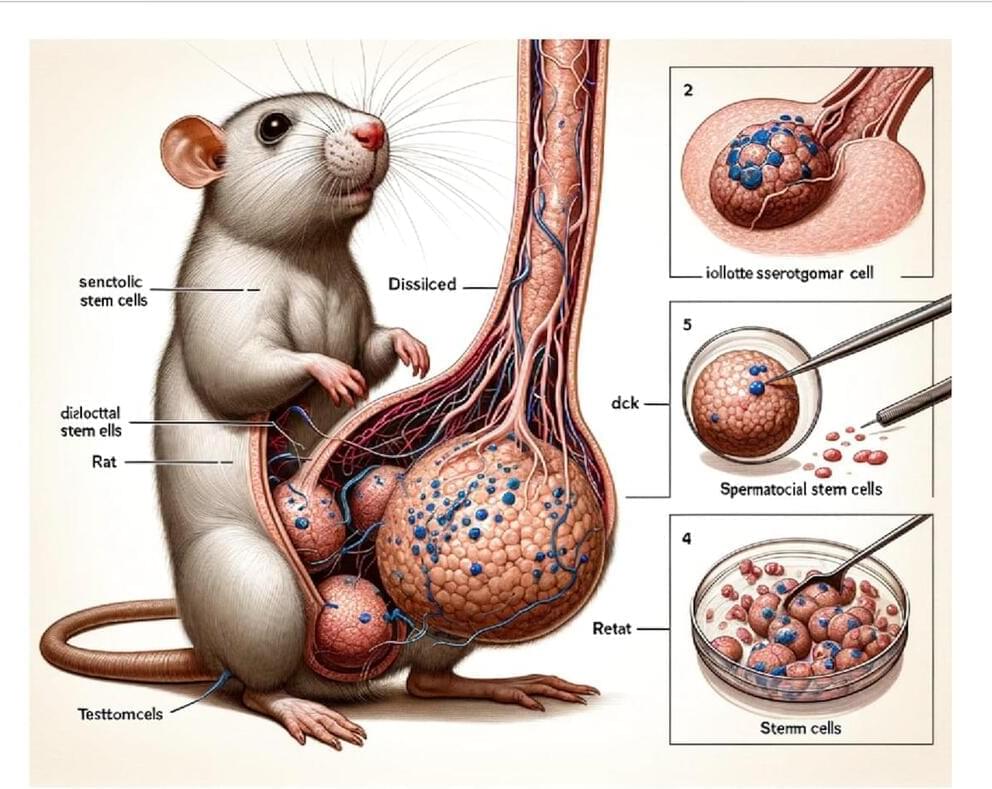Have you ever wondered how machine learning systems can improve their predictions over time, seemingly getting smarter with each new piece of data? This is not just a trait of all machine learning models but is particularly pronounced in Bayesian Machine Learning (BML), which stands apart for its ability to incorporate prior knowledge and uncertainty into its learning process. This article takes you on a deep dive into the world of BML, unraveling its concepts and methodologies, and showcasing its unique advantages, especially in scenarios where data is scarce or noisy.
Note that Bayesian Machine Learning goes hand-in-hand with the concept of Probabilistic Models. To discover more about Probabilistic Models in Machine Learning, click here.
Bayesian Machine Learning (BML) represents a sophisticated paradigm in the field of artificial intelligence, one that marries the power of statistical inference with machine learning. Unlike traditional machine learning, which primarily focuses on predictions, BML introduces the concept of probability and inference, offering a framework where learning evolves with the accumulation of evidence.









